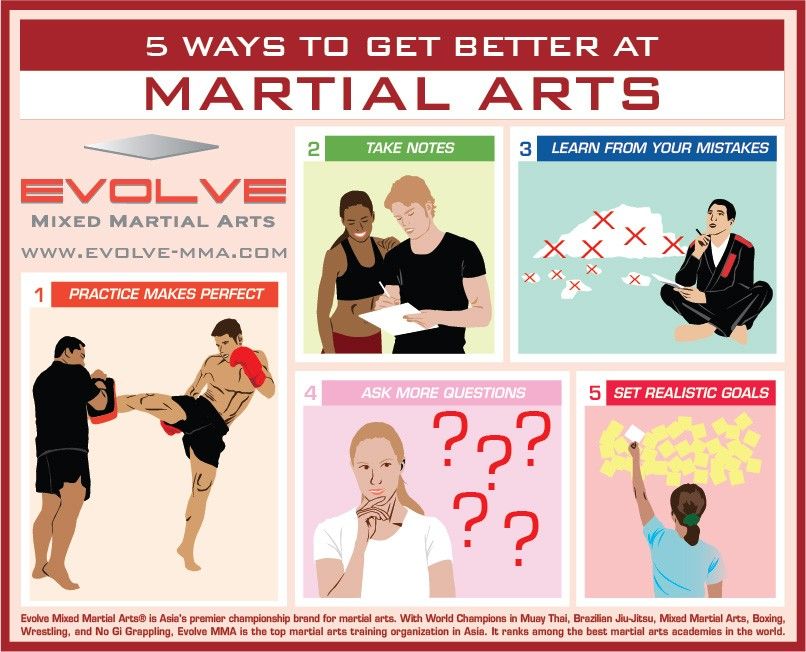The Advancement And Historic Context Of Martial Arts Worldwide
The Advancement And Historic Context Of Martial Arts Worldwide
Blog Article
Web Content Produce By-Hess Graham
Martial arts have a fascinating background that covers centuries and continents. You might find it appealing exactly how ancient methods like Shuai Jiao and Kalaripayattu laid the groundwork for modern-day battle methods. These self-controls not just emphasize physical abilities yet also show the cultures that birthed them. As you discover their development, take into consideration exactly how globalization has actually changed these standard kinds right into hybrid styles. What impacts do you assume have shaped today's martial arts landscape?
Ancient Martial arts: The Foundations of Combat
As you look into the world of old martial arts, you'll uncover the abundant structures that formed battle methods across societies. Very early techniques concentrated on Self-Defense and survival, often integrating strikes, hurting, and weapons.
In ancient China, as an example, methods like Shuai Jiao stressed throws and joint locks, while India's Kalaripayattu showcased agility and fluid movement. taekwondo for autistic child developed Kenjutsu, a refined swordsmanship that highlighted self-control and strategy.
These martial arts offered not just for battle yet also as a means of individual growth, instilling worths like regard and perseverance. The blending of these methods in time laid the groundwork for the diverse martial arts you see today, each showing the unique philosophies and requirements of its culture.
The Cultural Impact on Martial Arts Development
While martial arts typically show the functional demands of a society, they likewise embody the social worths and beliefs of their beginnings. When you check out various martial arts, you'll see how they're influenced by religious beliefs, approach, and social standards.
For instance, the focus on regard and discipline in Japanese martial arts stems from Zen Buddhism and samurai culture. On the other hand, Brazilian Jiu-Jitsu promotes flexibility and approach, formed by the need for effectiveness in a varied, multicultural setting.
You may discover that the routines, uniforms, and training techniques mirror a neighborhood's background and identification. By recognizing these cultural influences, you deepen your admiration of martial arts and their role fit human experiences across the globe.
Modern Adaptations and the Globalization of Martial arts
Martial arts have changed substantially in current years, adjusting to contemporary culture and worldwide impacts. You'll discover that standard forms have combined with modern-day techniques, developing hybrid styles like MMA. websites satisfy diverse audiences, making martial arts accessible and enticing around the world.
With the rise of social media sites and digital systems, you can discover tutorials and competitors from all edges of the world, damaging geographical obstacles. This globalization has actually led to a common appreciation for numerous self-controls, from Brazilian Jiu-Jitsu to Taekwondo.
As you engage with these arts, you'll understand they're not almost combat; they advertise physical fitness, discipline, and mental health.
Inevitably, contemporary adaptations have enhanced the martial arts landscape, making it a vibrant and progressing practice.
Conclusion
In checking out the background and evolution of martial arts, you uncover an interesting blend of methods, societies, and approaches. From hop over to these guys like Shuai Jiao and Kalaripayattu to the modern flexibility seen in MMA, martial arts reflect mankind's quest for Self-Defense and personal development. As you engage with these methods, you not just acquire abilities however also a much deeper admiration for the varied traditions that form our world today. So, continue your trip and embrace the art of fight!
